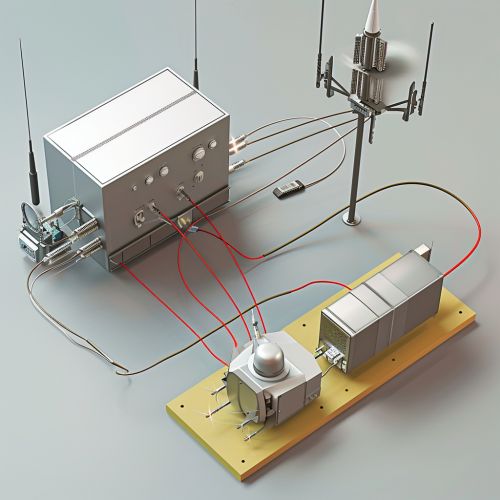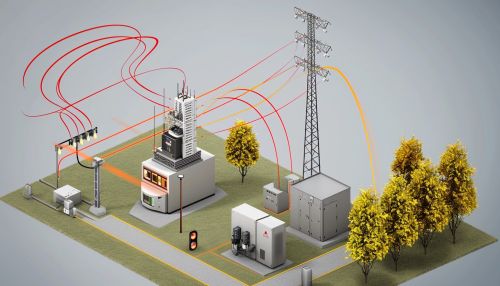Simplex Transmission
Introduction
Simplex transmission is a type of data transmission in which data flows in only one direction, from the transmitter to the receiver. This form of transmission is used in environments where only unidirectional communication is required. The term "simplex" originates from the Latin word 'simplex', meaning 'simple', denoting the straightforward nature of this transmission mode.
Understanding Simplex Transmission
In a simplex transmission mode, the sender can only send the data, and the receiver can only receive the data. There is no provision for the receiver to send data back to the sender. This type of transmission is also known as unidirectional transmission. It is important to note that the direction of data flow is fixed and cannot be reversed.


Applications of Simplex Transmission
Simplex transmission is used in various applications where only one-way communication is needed. Some of the common applications include:
- Broadcasting: In broadcasting, the information is sent from one point (the broadcaster) to many points (the listeners or viewers). The listeners or viewers cannot send information back to the broadcaster. This is a classic example of simplex transmission.
- Telemetry: In telemetry, data is transmitted from remote or inaccessible locations (like weather stations, spacecraft, or wildlife habitats) to a central location for monitoring and analysis. The central location receives the data but does not send data back.
- Public Address Systems: In public address systems, the speaker sends the message to the listeners, and the listeners cannot send messages back to the speaker.
Advantages and Disadvantages of Simplex Transmission
Simplex transmission has several advantages and disadvantages that make it suitable for certain applications and unsuitable for others.
Advantages:
- Simplicity: Simplex transmission is simple to implement and manage because it only involves one-way communication.
- Efficiency: Since all the bandwidth is used for transmitting data in one direction, simplex transmission can be more efficient than other modes of transmission.
Disadvantages:
- Lack of Feedback: In simplex transmission, the receiver cannot send feedback to the sender. This can be a disadvantage in situations where feedback is necessary.
- Unidirectional: Since simplex transmission is unidirectional, it may not be suitable for applications that require bidirectional communication.
Comparison with Other Modes of Transmission
Simplex transmission is one of the three basic modes of transmission, the other two being duplex and half-duplex transmission.
- Duplex Transmission: In duplex transmission, data can be sent and received simultaneously. This mode of transmission is used in applications where two-way communication is required, such as telephone conversations.
- Half-Duplex Transmission: In half-duplex transmission, data can be sent and received, but not at the same time. When one device is sending, the other device must wait to receive, and vice versa.
Conclusion
Simplex transmission, with its one-way communication, is a crucial mode of data transmission used in various applications, from broadcasting to telemetry. While it has its limitations, such as the lack of feedback and unidirectional communication, its simplicity and efficiency make it a vital part of data communication.
